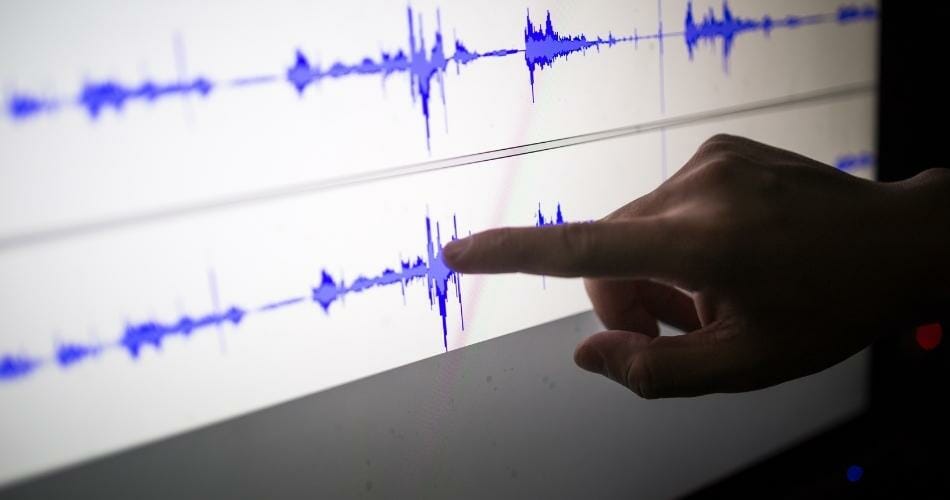What is Clipping Audio and How to Fix It

Clipping audio is a frequent problem in music production that can damage a good mix, especially when it comes to mastering.
Clipping, on the other hand, isn’t always a bad thing. With saturation plugins, you can even introduce it into your mix on purpose!
So, what does clipping involve? What’s more, how can you prevent it when you really need to? Is it possible to restore a signal that has been clipped? These are some of the most common questions by new and intermediate producers.
If you’ve been reading the LANDR Blog recently, you’ll know that we’ve been diving into the world of music distortion.
Today, I’ll analyze clipping, a similar but related relative. I’ll cover all you need to know in this article.
Let’s get this party started!
What is clipping?
Clipping is a harmful modification to an audio signal that occurs when the level is too high for the system through which it is being sent.
This could include recording your audio interface’s levels too high or pushing your DAW’s master fader into the red.
The tops of the waveform begin to be cut off at the limit when the signal level is higher than the system’s maximum level.
Clipping causes harsh; unpleasant distort in a digital system like a DAW, which you want to avoid.
“Clipping is a destructive change to an audio signal that happens when the level is too high for the system it’s passing through.”
Producers, on the other hand, frequently use a soft version of clipping known as saturation as a mixing tool. If you want to learn more about how this form of clipping can benefit your mix, we’ve made a comprehensive guide to assist you.
However, the bad clipping that results from improper gain staging is nearly always a bad thing.
In fact, it’s one of the most common mix errors in LANDR Mastering submissions.
How to fix clipping audio
Unfortunately, clipping is one of the few truly destructive processes in digital audio.
That means there’s no way to get back to the original signal once it’s happened.
There is some advanced software available that can restore clipped waveforms. The de-clipped material, on the other hand, is always only an educated guess at what used to be there.
The greatest approach to avoid audio clipping is to avoid it in the first place. In the next section, I’ll go through this in further detail.
“The best way to fix clipping audio is to avoid it altogether.”
Even if you try your hardest to avoid clipping, you may have to work with clipped audio on occasion.
If you use content that was recorded live or captured using portable camera devices such as a field recorder, this can happen.
You might even be tempted to use a terrific take you captured that went over the sound limit by accident.
Audio restoration software may be able to help you reduce the worst effects of clipped audio in certain scenarios.
Here’s a decent roundup of what’s available, but keep in mind that this type of plugin needs fairly complex technology, so it’s generally quite costly.
However, you won’t have to worry about that if you take actions to prevent the problem from occurring!
How to avoid clipping
The best solution to avoid clipping is to ensure that your signal levels are much over the limit as you operate.
Gain staging is a technique for getting adequate headroom throughout your operation.
But, at its most basic level, all you need to do is understand your audio metrics and keep track of them as you go.
If you already know how they work, you can use a rule of thumb: aim for your signals’ peaks to be around -9 dBFS and their bodies to be around -18 dBFS.
“Once all your audio is captured in your DAW, the most important place to avoid clipping is on export.”
As you record with your interface, apply plugins, and mix tracks in your DAW, keep this in mind. If you do it correctly, you won’t have to significantly cut your faders at the end of your mix to get a file that doesn’t clip.
While we’re on the subject, the most critical area to avoid clipping is on export after you’ve captured all of your audio in your DAW.
The reason for this is due to the way your DAW’s mixer handles the math involved in combining your signals.
Even if you didn’t hear clipping in the project, clipping could appear once the file exits your DAW.
As a result, addressing the risk of clipping should be at the top of your pre-mastering to-do list.
Clipping can be handled by adjusting the master fader, lower than the amount of individual track faders, or using plugins to fix gain issues as you prepare your audio for mastering.
If you stick to the -9 dBFS/-18 dBFS rule, you’ll have plenty of headroom leftover for mastering.
Turn it down right
Once you understand why clipping is a problem, it’s a simple problem to solve.
But that doesn’t rule out the possibility of it causing chaos in your mix. A distorted, clipped mix is a recipe for terrible mastering sound.
Fortunately, the information in this article will ensure that you never make that mistake again.
Return to your DAW and continue creating now that you’ve mastered the basics.




